How to Check If a Septic Tank Is Full (7 Expert Tips)
-
Pete Ortiz
- Last updated:
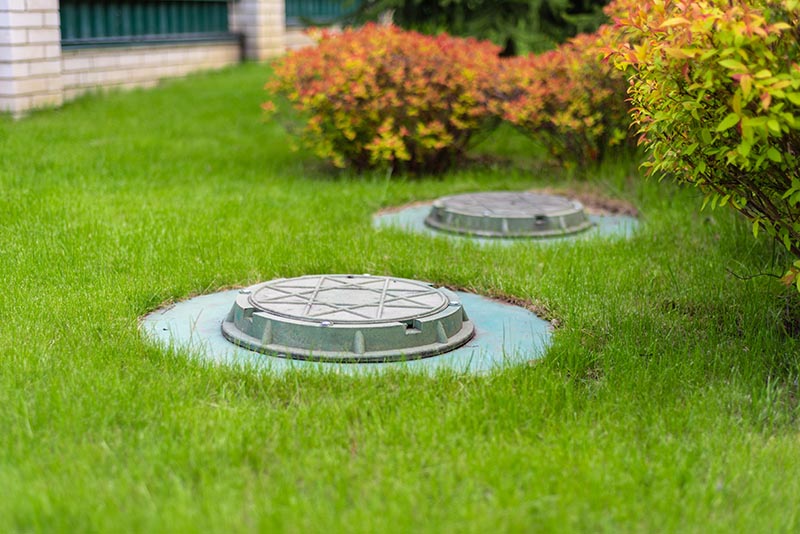
Have you ever wondered where wastewater and solid waste go when it leaves your house? This all ends up in a septic tank. As the waste leaves the drains, it empties into the tank; the water will float while the solid waste will sink to the bottom.
We often do not realize the existence of a septic tank in our compounds until we begin experiencing some drainage issues. Some of these drainage issues originate from the septic tank filling up. But just how can you know if your septic tank is full?
This article discusses the meaning of a full septic tank, signs that show the tank is full, how long it should take before your septic tank is full, and other related questions. Keep reading for deeper insight.
What Is a “Full Septic Tank”?
Before we explore the various levels of a “full septic tank”, it is crucial to understand how a septic tank works.
A septic tank has been connected to two pipes, one pipe being the inlet and the other acting as an outlet. The inlet pipe receives wastewater and solids from the house and directs them into the septic tank. The bacteria in the septic tank digest the waste and separate the waste that can float and the solid that settles at the bottom of the tank.
There will be three layers of waste in the septic tank; the layer on top is “scum,” a combination of oils and grease. The following layer is made of wastewater and little particles, while the third layer is made of hefty particles that cannot dissolve in water. The outlet pipe, also known as the drain field, lets out the wastewater into the soil and watercourses.
The heavy solid waste left at the bottom of the septic tank will accumulate after a while. It should be monitored and removed to prevent sewage issues like lousy odor, sewage backflow, flushing struggles, and septic tank overflow.
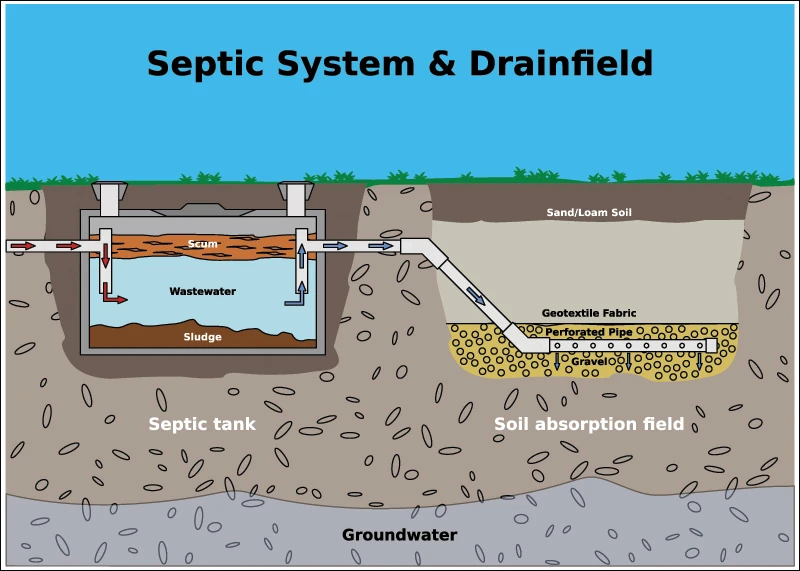
That said, septic tanks are filled in three main levels/extents:
Normal Fill Level
Normal fill is just the usual amount of waste the tank should hold. At this level, the waste’s intake and outtake usually occur without obstructions. The normal fill level should not worry you, even after the tank has been entirely emptied; once it begins to function again, you must fill it to the normal fill level.
Sludge Accumulation
The sludge accumulation in a septic tank is not something you can avoid. The waste must accumulate after a while, and it must be removed. The sludge accumulation will not affect the in and out flow of the waste into the drainage area.
However, when the waste occupies at least 1/3 of the tank, it begins to interfere with the efficient in and outflow of the waste. When this happens, you must hire professional plumbers to pump out the sludge accumulation and bring the septic tank back to its normal fill.
Overfilled Septic Tank
Suppose you ignore the sludge accumulation stage; it reaches a point where the septic tank is completely full, and the waste rises to the tank’s maximum capacity. At this point, you begin experiencing drainage backflows into the house.
The backflow of solid waste and grease into the house is quite messy and could cause serious health issues. At the same time, the dispersal bed could become too clogged to the point of needing a replacement.
The 7 Signs of a Full Septic Tank
There are certain signs you may be able to see and tell if your septic tank is already full or getting full soon, as seen below:
1. Pooling Water Around the Septic Tank
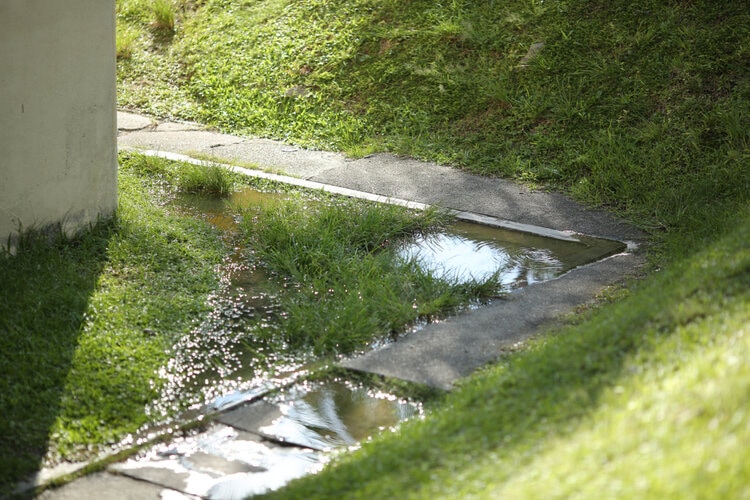
Pooling water around the septic tank has no other explanation, especially if it has not rained for a while. The water is coming from within the septic tank. The tank has reached its full capacity, or the solid waste is blocking the outlet, forcing the waste to accumulate and rise to the point of seeping out to the surrounding.
2. Greener Lawn
When the septic tank is full, the grass surrounding it becomes greener and is healthier than the adjacent areas. Suppose you notice this change in the grass surrounding your septic tank; it is full or leaking; you should hire professionals to ensure the tank goes back to its normal fill level or repair the damage causing it to leak.
3. Slow Drains

When the septic tank is full, one major sign you will begin to see is slow drains in the sink, bathroom, and toilet. It could also mean that the drainage system may be experiencing clogging issues. Whatever the reason, slow drains should not be taken for granted- they may eventually escalate and become dangerous to your health.
4. Sewage Backflow
Sewage backflow often appears when you have ignored almost all other warning signs that your septic tank is full. It comes with a lot of disgust and a sewage smell you cannot miss. It can also lead to extreme health hazards if not rectified. Inform your plumber immediately if you notice sewage backflow in your kitchen, bathroom, or toilet.
5. Bad Odor

A foul smell from the sink or drains each time water goes through them is a sign that your septic tank is full or almost full. As you get closer, there may also be a foul smell around the septic tank. The stench will not be hard to miss; it will easily be perceived around the house, and even those who live next to your compound may begin to complain about it.
6. Gurgling Water Sounds
Suppose you notice some gurgling water sounds in your pipes as the water runs down into the septic tank, be sure it is not normal. It is a huge indication that your septic tank is full and needs to be drained as soon as possible.
The sounds are made when there is a lot of air inside the pipes, blocking the waste from flowing smoothly into the tank. Also, most of the time, at the other end of these pipes, some clogs and residues prevent the efficient flow of waste from the drains into the septic tank.
7. Flushing Struggles
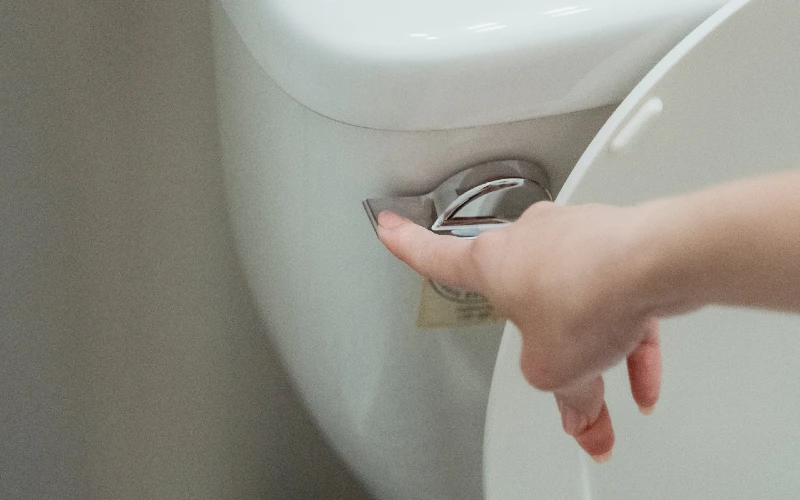
We have all experienced this; your toilet has no flushing issues, then suddenly, one day, your toilet can’t flush like it used to. Flushing struggles are linked to slow drains, which are a huge sign that the septic tank is full, especially if all the toilets in the house are experiencing the same.
How Long Does a Septic Tank Take to Fill Up?
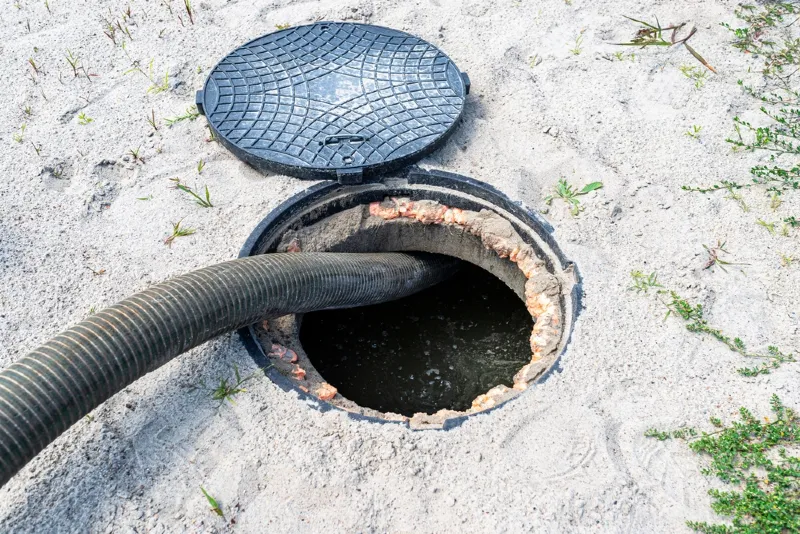
According to the United States Environmental Protection Agency (EPA), you should pump your septic tank at least every three to five years. An average septic tank of about 1,000 gallons will take 2 to 3 years to fill up.
However, the time may vary depending on certain factors, as explained below.
- Size of the septic tank: Larger septic tanks may take more than three years before they need pumping. However, the small ones need frequent pumping since they can only take up a small capacity of waste.
- Number of people: The higher the number of people in a household, the more the waste that will be produced and directed into the septic tank. A household of more than ten people may need to pump their septic tank sooner compared to a household of only two.
- Quantity of solid waste: The amount of solid waste accumulating in the septic tank determines how often you need to pump the tank. Therefore, if a lot of solid waste is produced in your household, there is a high chance that you will be pumping your septic tank as often as possible to prevent drainage issues.
You can always keep an eye on the septic tank to ensure it always stays at its average fill-up level. Also, requesting information on the last sewage maintenance schedule is advisable if you have just moved into a new home. If not, consider getting the septic tank pumped and begin from a clean slate.
Consult a PLUMBING expert
Find a plumbing specialist in your area, and get free, no-commitment estimates for your project.

What May Cause a Septic Tank to Overflow Too Quickly
If you feel like your septic tank fills up quicker than expected, below are some common reasons and solutions.
1. Too Much Water Is Going Down the Drainage System at Once

Suppose your household has many members, and they all take a shower simultaneously. Too much water is released down the drain into the septic tank. There is no issue when the water is too much, but it still gets out of the septic tank without any obstruction.
The problem occurs when the water becomes too much for the designated leach field, and the soil can no longer absorb the water. Second, it also becomes impossible to absorb the solid waste in the tank, which eventually piles up and floats into the drainage’s inlets and outlets, blocking the outgoing and incoming waste.
The same issue may be experienced if water runs down the septic tank improperly. For instance, when a downspout is directly linked to the septic tank, especially during rainy seasons.
If your septic tank is filling up too quickly due to the excess release of wastewater into the tank, then the best solution is to:
- Reduce the amount of water running towards it by installing a proper drainage system.
- When installing a downspout on your house, make sure it is not directly pointing into the septic tank or where it has been installed.
- Install efficient shower heads to regulate the amount of water flow and ensure at least one family member takes a shower at a time.
2. You Are Living in an Area Prone to Rain

When you live where it rains frequently, the leach field around the septic tank may be overwhelmed with trying to absorb the wastewater from the septic tank and the rainwater.
As much as it is impossible to prevent rain from falling, consider the following:
- Planting grass or shallow-rooted plants and flowers to absorb excess water in the leach field. Remember, plants growing deep into the soil should be avoided in such areas; the roots may get deep into your septic tank and damage it.
- Ensure storm drains and gutters installed on your house are not pointed in the direction of the septic tank. Digging ditches that direct rainwater away from the septic tank is also advisable. There is already enough water leaving the house into the septic tank; more water from the storm drains will only cause the leach field to become too saturated.
- Avoid using too much water during the rainy season to ease the drain pressure placed on the septic tank.
3. Overgrown Roots Have Found Their Way into the Septic Tank
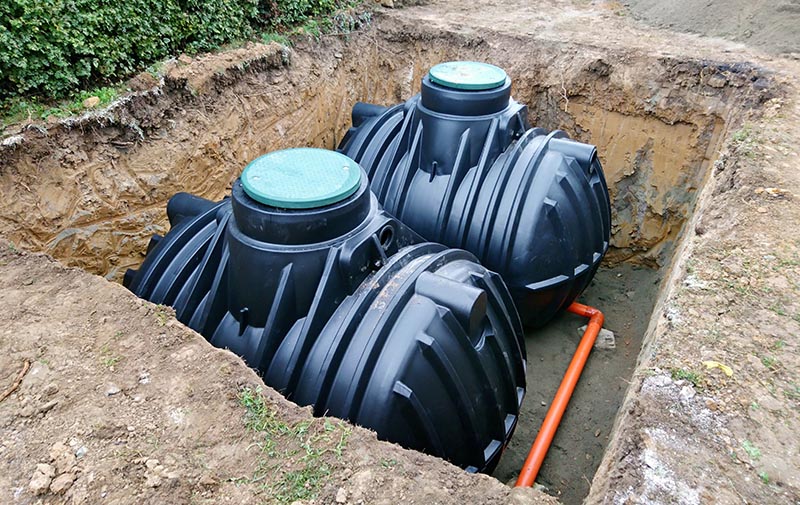
Another possible reason your septic tank may be filling up too quickly is when plants with deep roots have grown near your septic tank. Their roots will automatically be drawn to the septic tank due to the wastewater. Roots are a danger to a septic tank as they may damage it, leading to leaks or blocking the inlets and outlets, causing sewage backflows into the house.
- Eliminate all existing plants that may have deep roots near the septic tank.
- Avoid planting shrubs or trees close to the septic tank.
- If you must plant something close to the septic tank, ensure they have very shallow roots; grass is always the best option.
4. You Live In an Area Prone to Freezing

During the winter season, there is a chance that your septic tank will freeze. You will know that your septic tank has frozen when you see signs like a toilet or drains with the ice machine not running.
The best way to prepare your septic tank for the winter season is to:
- Insulate the septic itself, the inlets, and the outlets.
- Align about 12 inches of loose organic mulch around the septic tank.
- Allow grass to grow around the septic tank during summer so that the grass may act as a shield during winter.
However, consider the following if it is already winter and your septic tank is frozen.
- Use warm or hot water for daily activities like laundry, washing dishes, and taking a shower.
- Repair cracks on the pipes leading to the septic tank; these tiny openings may contribute significantly towards freezing the septic tank.
- If you plan to be away from home during winter, consider pumping the septic tank before leaving. If not, hire some help to run hot water for you at least once a day for a minute.
Conclusion
With the above information, you can now tell whether a septic tank is full or about to be full. All you need to do is look out for signs like pooling water around the septic tank, a greener lawn, slow drains, sewage backflow, foul smell, and flushing issues.
However, to avoid reaching this point, ensure that the tank remains at its normal fill level.
Suppose you move to a new home, request data on the last sewage maintenance schedule to ensure the septic tank has been recently pumped. If not, consider hiring professional plumbers to pump the tank before moving in.
Featured Image Credit: Yuri Snegur, Shutterstock
Contents




